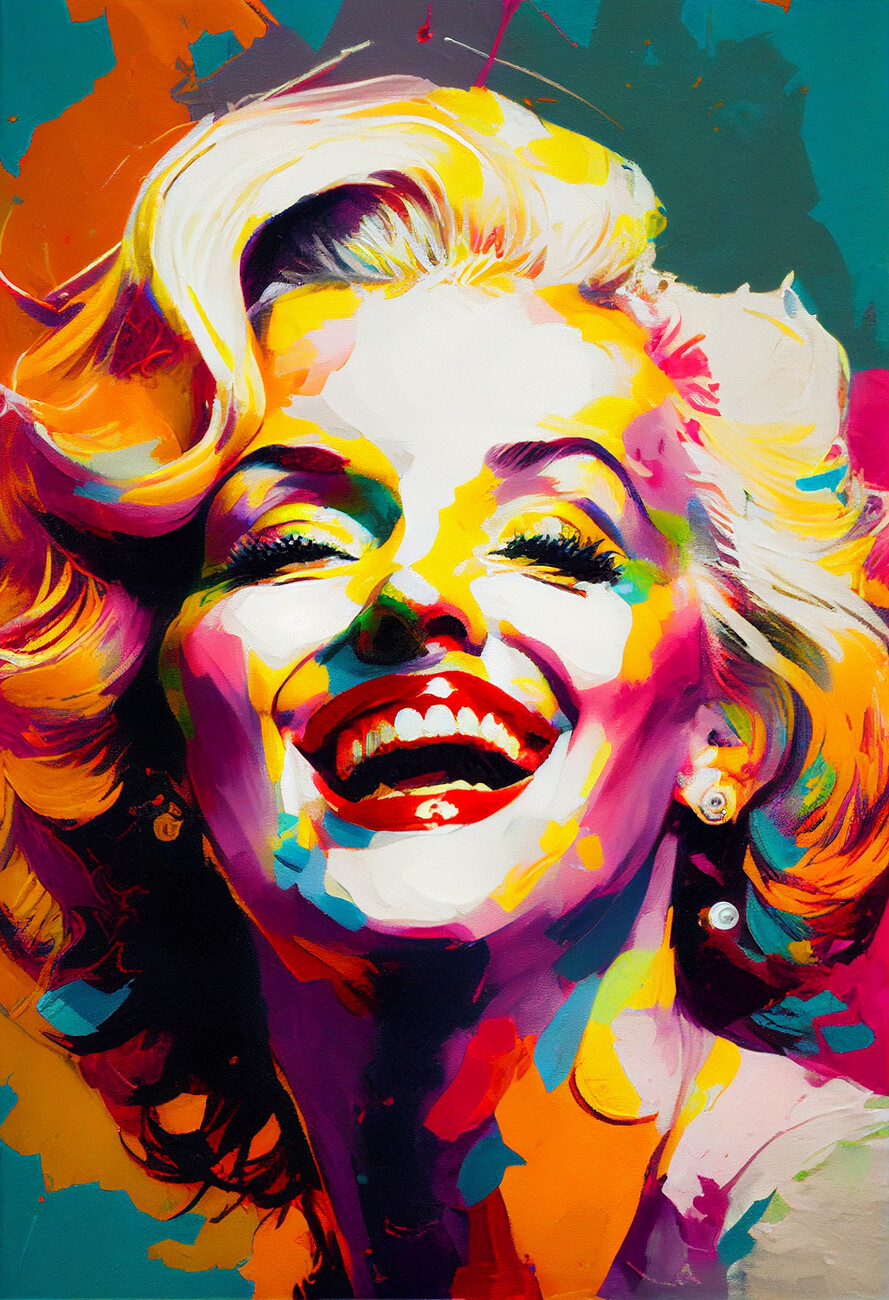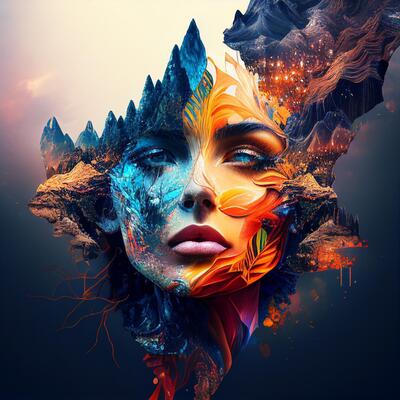Just How Trump Art Mirrors Modern Political Satire in the Art World
Just How Trump Art Mirrors Modern Political Satire in the Art World
Blog Article
Embarking on a Visual Trip Via the Lyrical Interpretations of Nature in Stylist Landscapes
Each brushstroke, each play of light and shadow, and each color option in their jobs talks volumes concerning the musicians' deep connection to nature and their capability to equate its elegance onto the canvas. As we discover the lyrical analyses of nature in Impressionist landscapes, we are invited to immerse ourselves in a world where truth and emotion intertwine, offering a glance into the musicians' extensive gratitude for the all-natural world.
The Fascinating Brushstrokes of Claude Monet
Claude Monet's proficiency of brushstrokes goes beyond mere strategy, imbuing his landscapes with an ethereal top quality that mesmerizes and mesmerizes audiences - trump art. His cutting-edge usage of shade and light, incorporated with his distinctive brushwork, develops a sense of movement and life within his paintings. Monet's popular series of works illustrating water lilies and his famous haystacks showcase his capacity to capture the short lived impacts of light and atmosphere

Checking Out Light and Darkness With Camille Pissarro
Symbolizing a comparable reverence for the interplay of light and shadow, Camille Pissarro's artistic vision unravels as an unified expedition of the natural globe's luminous subtleties. Pissarro, a crucial number in the Impressionist movement, masterfully caught the vibrant relationship in between light and darkness in his landscapes. His proficient use of color and brushwork permitted him to convey the refined shifts in light that specify different times of day and seasons.
Pissarro's paintings commonly include dappled sunlight filtering system via fallen leaves, casting elaborate patterns of light and darkness on the planet listed below. In works such as "Hoar Frost, the Effect of Snow, Pontoise," Pissarro skillfully shows the crisp brightness of winter sunlight juxtaposed with the awesome shadows that specify the snowy landscape. By welcoming both light and shadow in his structures, Pissarro invites viewers to submerse themselves in the natural appeal and transient effects of light on the planet around them.

Via Pissarro's jobs, we are advised of the transformative power of light and shadow, welcoming us to stop briefly and value the short lived moments of elegance present in the day-to-day landscapes that surround us.
A Symphony of Color Styles by Edgar Degas
Edgar Degas coordinates a lively harmony of colors in his skillful artworks, instilling his make-ups with a vibrant interplay of colors that astound the visitor's look. Known primarily for his ballet dancers and intimate scenes of Parisian life, Degas expertly manipulated shades to convey mood and movement in his paints. trump art. His usage of vibrant, contrasting shades and refined tonal variations created a feeling of deepness and vibrancy within his jobs
Degas' color combination typically contained abundant blues, deep greens, and cozy oranges, which he applied with certain brushstrokes to record the significance of his topics. Whether depicting a ballerina mid-performance or a team of friends talking at a coffee shop, Degas' shades not just illustrated the scene yet also evoked a feeling of emotion and power.
Additionally, Degas' testing with light and darkness added an additional layer of intricacy to his color structures, boosting the overall environment of his paintings (trump art). Through his competent manipulation of color, Degas developed a visual symphony that remains to resonate with viewers today
Exploring Nature's Calmness With Berthe Morisot
Berthe Morisot's imaginative vision provides a tranquil separation from the vibrant color symphonies of Edgar Degas, as she captures the serenity of nature in her expressive landscapes. Understood for her fragile brushwork and intimate portrayals of daily life, Morisot's landscapes exude a sense of peace and harmony.
Morisot's paints usually include soft, soft tones that share a feeling of peace and peacefulness. Her jobs, such as "The Cradle" and "Summertime's Day," display her capacity to catch the subtle beauty of nature in a manner that is both calming and contemplative to the viewer.
Unlike a few of her try this Impressionist counterparts that concentrated on strong colors and vibrant make-ups, Morisot favored to create gentle, introspective scenes that welcome the visitor to reflect and stop briefly. Via her masterful usage of light and darkness, Morisot develops a sense of peace that reverberates with the visitor on a deep emotional level.
The Psychological Landscapes of Vincent Van Gogh
Vincent Van Gogh's landscapes strongly convey a deepness of emotion via their dynamic brushwork and meaningful use color. The Dutch post-impressionist musician is renowned for his ability to record raw and extreme emotions in his paintings, transcending traditional depictions of nature. Van Gogh's tumultuous personal life, marked by psychological health struggles, substantially influenced his art, instilling his landscapes with a feeling of worry, melancholy, or liveliness.
In jobs such as "Starry Evening" and "Wheatfield with Crows," Van Gogh's swirling brushstrokes and vivid color selections stimulate a profound psychological action from visitors. The turbulent skies and perturbed landscapes in his paints mirror his inner turmoil and emotional turbulence, inviting viewers to look into the complexities of his psyche.
Van Gogh's distinct visual language, defined by exaggerated viewpoints and bold use of color, creates landscapes that resonate with viewers on a deeply emotional helpful resources level. Through his art, Van Gogh welcomes us to see nature not equally as an external truth yet as a mirror of our innermost feelings and emotions.
Verdict
In conclusion, the impressionist landscapes of musicians such as Claude Monet, Camille Pissarro, Edgar Degas, Berthe Morisot, and Vincent Van Gogh supply a fascinating and unique aesthetic analysis of nature. Via their use brushstrokes, light, emotion, and color, these artists have developed a harmony of photos that stimulate a feeling of peacefulness and beauty in the environment. Their jobs proceed to motivate and captivate audiences with their lyrical analyses of the landscapes around us.
Each brushstroke, each play of light and shadow, and each shade choice in their works talks quantities regarding the artists' Check Out Your URL deep connection to nature and their capability to convert its charm onto the canvas. His innovative use of shade and light, combined with his distinctive brushwork, creates a sense of activity and life within his paints. His experienced use of color and brushwork permitted him to share the refined shifts in light that specify different times of day and seasons.

Report this page